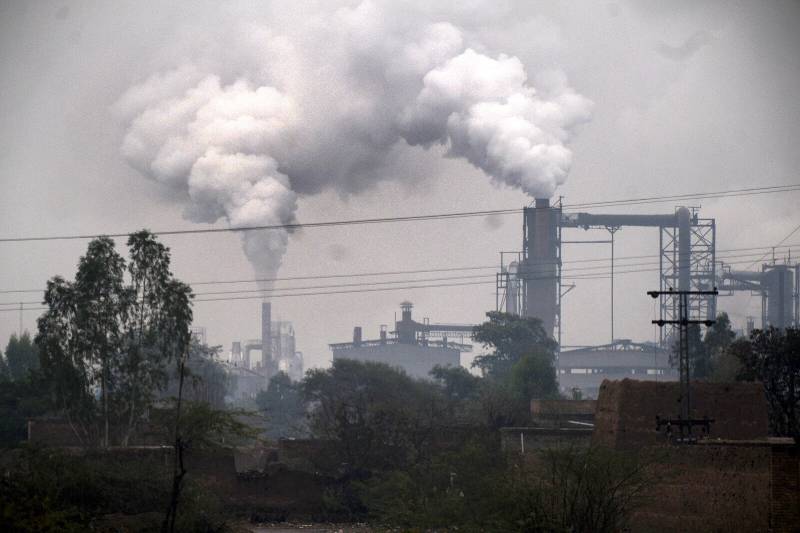- Advertisement -
PESHAWAR, Jun 20 (APP): Air pollution is having an increasing impact on human health, becoming the second leading global risk factor for death, according to the fifth edition of the State of Global Air (SoGA) report.
The report, released on Thursday by the Health Effects Institute (HEI), an independent US-based nonprofit research organization, found air pollution accounted for 8.1 million deaths globally in 2021.
Beyond these deaths, many more millions of people are living with debilitating chronic diseases, putting tremendous strains on health care systems, economies, and societies.
Produced for the first time in partnership with UNICEF, the report finds that children under five years old are especially vulnerable, with health effects including premature birth, low birth weight, asthma and lung diseases.
In 2021, exposure to air pollution was linked to more than 260,600 deaths of children under five years old, making it the second-leading risk factor for death in South Asia for this age group, after malnutrition.
Globally, exposure to air pollution was linked to more than 700,000 deaths; a staggering 500,000 of these child deaths were linked to household air pollution due to cooking with polluting fuels such as wood, coal and dung.
Globally, some of the highest PM2.5 exposures are experienced across South Asia, although levels are beginning to stabilize in most countries.
In the region, levels of ozone have also increased in the last decade, and in 2021, 56% of all global ozone deaths were reported in South Asia.
The new SoGA Report offers a detailed analysis of recently released data from the Global Burden of Disease study from 2021 that shows the severe health impacts pollutants like outdoor fine particulate matter (PM2.5), household air pollution, ozone (O3), and nitrogen dioxide (NO2) are having on human health around the world.
The report includes data for more than 200 countries and territories around the world, indicating that nearly every person on earth breathes unhealthy levels of air pollution every day, with far-reaching health implications.
More than 90 per cent of these global air pollution deaths – 7.8 million people – are attributed to PM2.5 air pollution, including from ambient PM2.5 and household air pollution.
These tiny particles, measuring less than 2.5 micrometers in diameter, are so small they remain in the lungs and can enter the bloodstream, affecting many organ systems and increasing the risks for non-communicable diseases in adults like heart disease, stroke, diabetes, lung cancer, and chronic obstructive pulmonary disease (COPD).

